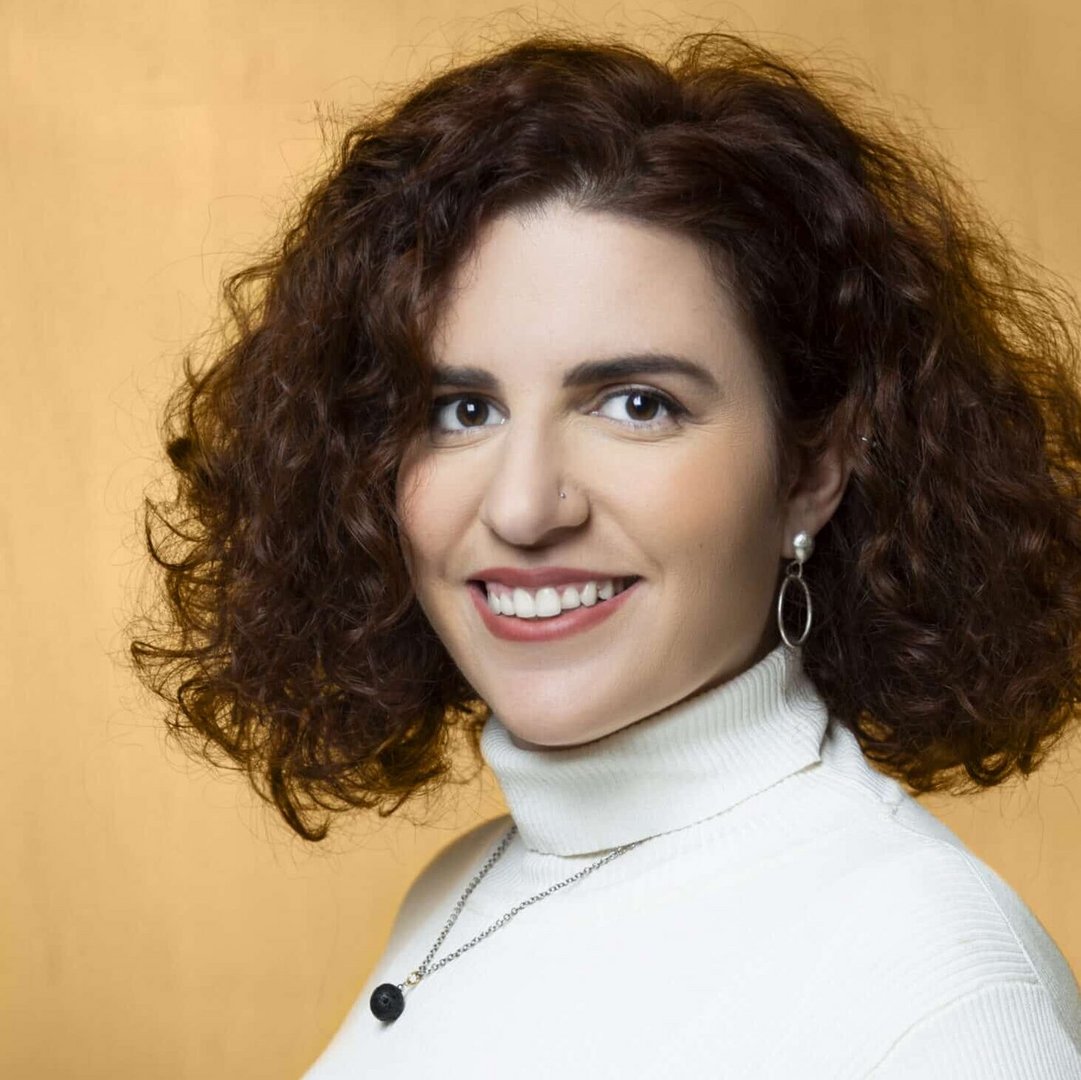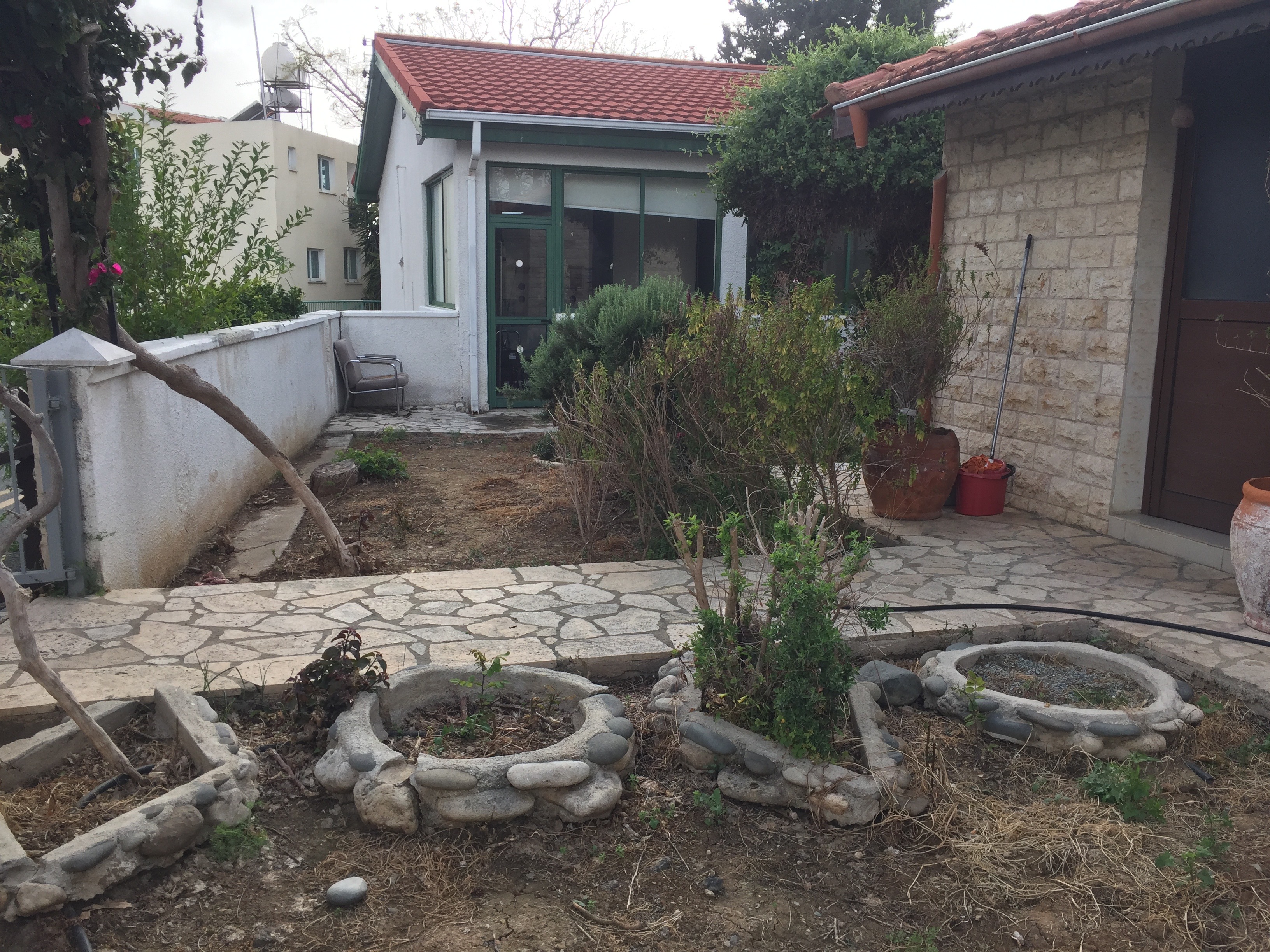When I first started watching Atypical on Netflix, it seemed like Sam was the star of the show, and in many ways the storyline does revolve around him – a teenager on the autism spectrum trying to navigate life, understand behaviours and feelings.
He is also the narrator of the TV series, and when he decides to take charge of his life, start dating girls and be a bit more independent, his family, particularly his mum, have to learn new realities.
Sam’s sister, Casey, though a few years younger than him, has been taking care of him all her life, and the series shows how, at times, it comes at a cost to her own life, but when push comes to shove, she is the first person to stand up for him. A little, big sister.
As the episodes develop, all the characters step into the spotlight, so although Sam feels like the protagonist, Atypical makes sure to show the experiences of others too and how life stories co-exist.
There’s a lot to like about the show. The visibility of people on the autism spectrum and their access to a ‘normal’ life, the role of going to therapy and how even well-intended actions can sometimes cause pain. The issues the show raises are ordinary and experiences many viewers go through – teenagers who face identity issues, feeling the pressure of school, trying to figure out what to do after high school, overbearing mothers who mean well by trying to protect their child but end up sheltering them from the real world and couples who try to navigate relationship struggles they never thought they would face.
Yet what I love most about the show is not that it is relatable. It is Sam’s outlook on life and finding symbolism in the animal kingdom. He looks at life inspired by how penguins live theirs and by understanding nature’s cycles, the inner workings of the penguin society, and he reflects on the human experience. Maybe by observing animals and nature a little closer, life gains new meaning, and that’s a great reminder Atypical has given me.







Click here to change your cookie preferences